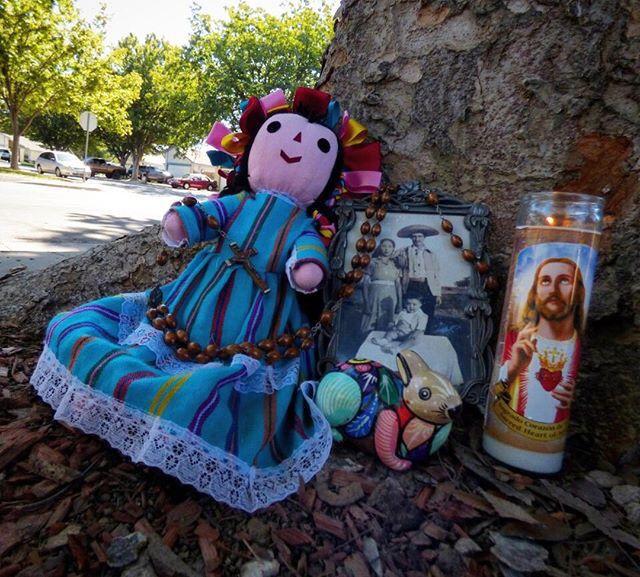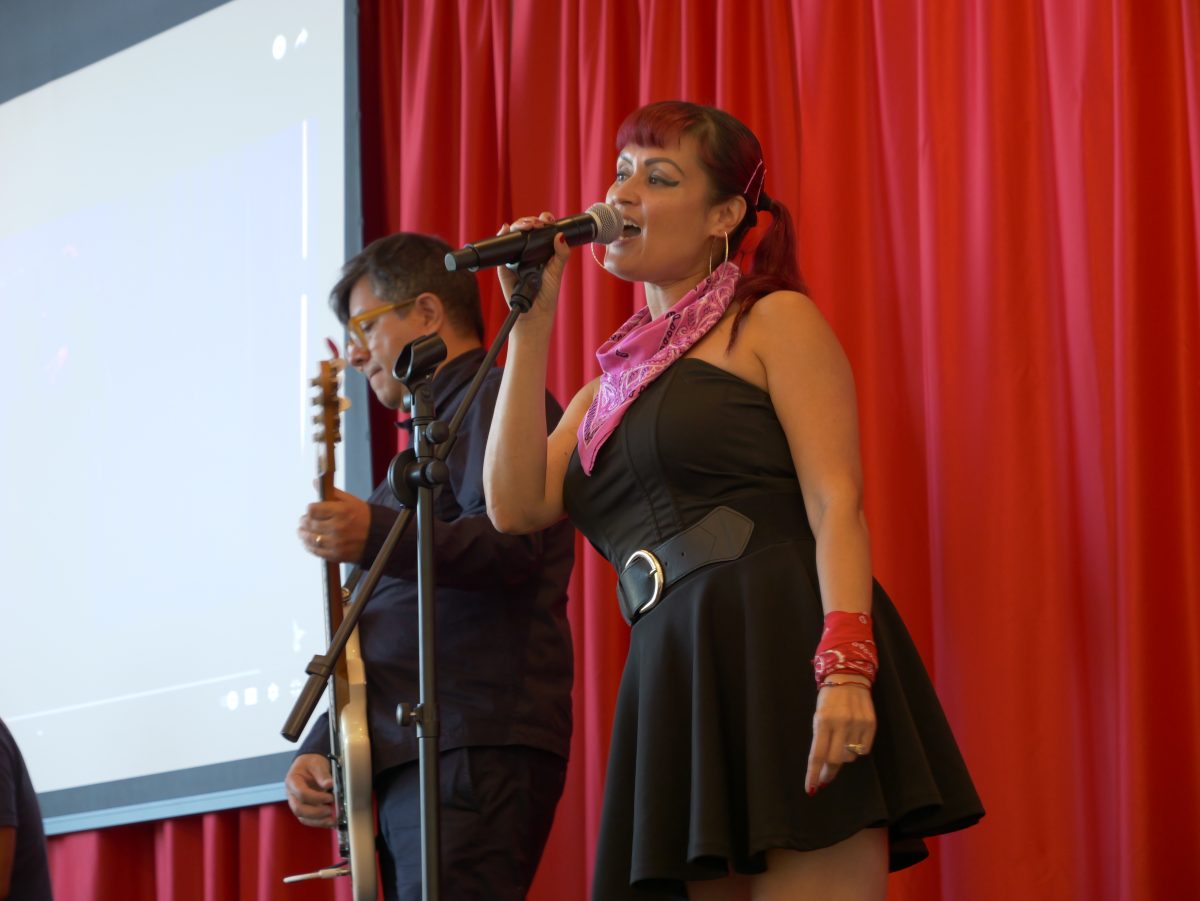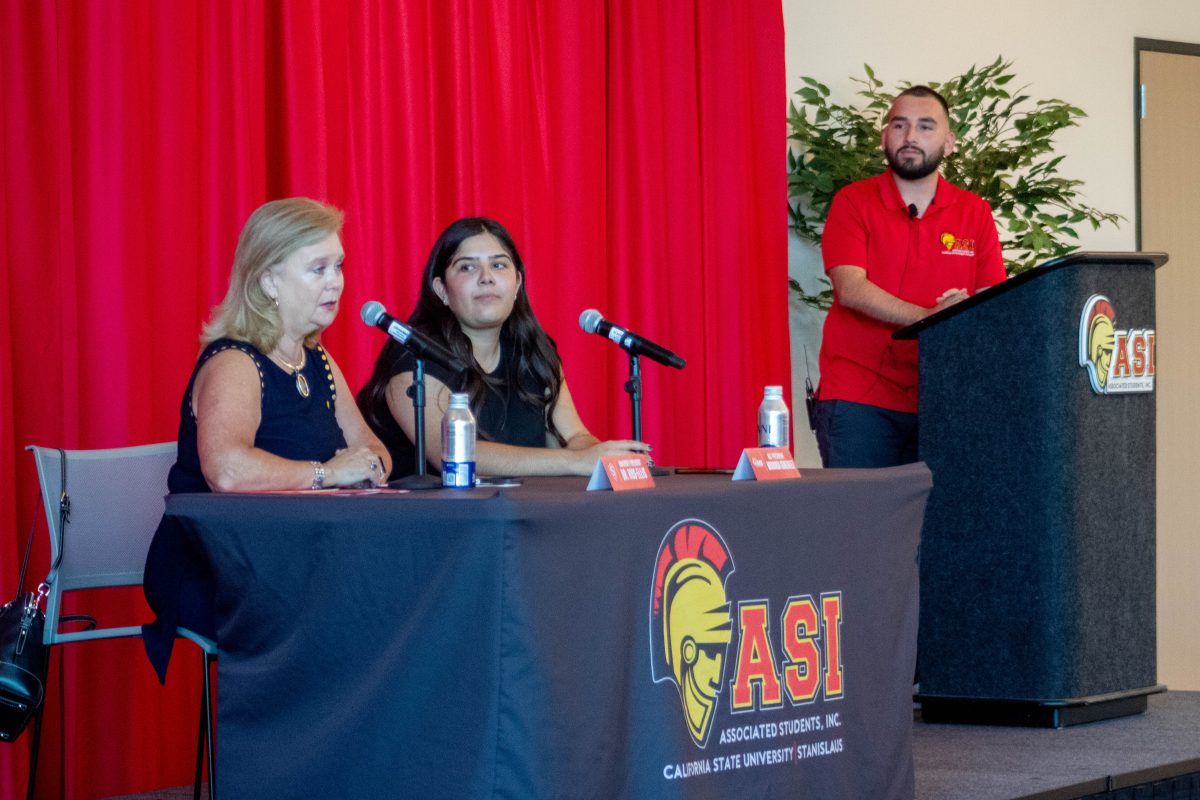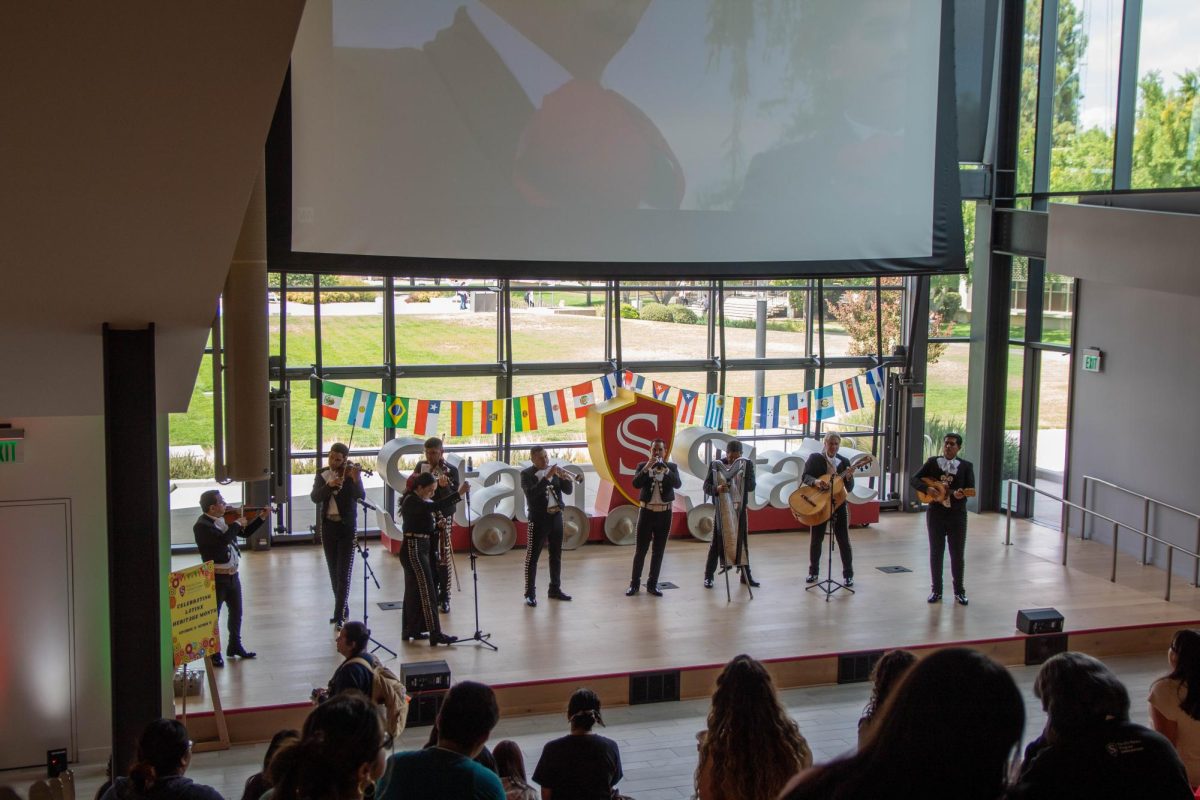The Day of the Dead in Mexico is a traditional celebration rooting as back as the pre-Columbian times. This celebration is about remembering and honoring the deaths of our loved ones, as well as a time to reflect on one’s life.
In fact, Mexico has a week’s long of events honoring the dead. On Oct.. 28, altars are made and offerings are given to family members who have died in accidents, while the 29th is to remember the ones who have died through other tragic means. Oct. 30 and 31 is dedicated to remember those who died at birth or who died before getting baptized. Moreover, Nov. 1 is All Saints Day, and Nov. 2 honors all of the dead.
Day of the Dead does not only consist of commemorating the dead, but it is also about coming together as a community, the food, the offers and the spiritual aspect of it.
Mexicans make such celebration a positive one instead of scary and morbid. This is because culturally and socially it is acceptable to poke fun of death and not be scared of it, but accepting it as a cycle of life. Which is why Mexicans celebrate Day of the Dead by baking “pan de muerto” (bread of the dead), a round-shaped bread with two cross links of dough to symbolize crossbones.
Also, they celebrate by arranging a bright, yellow-orange bouquet of “flor de muerto” (flower of the dead), which is essentially the Mexican Marigold flower. Sugar skulls are another aspect of the celebration, and are done in colorful, sophisticated designs. Nothing sad about enjoying sweet bread, colorful flowers and sugar skulls, right?
“As a private manner, ultimately my family and me build an altar for the dead in our home’s living room, which is basic, but it contains the essential elements of it,” Dr. Manuel Murrieta, Spanish professor at California State University, Stanislaus (Stan State), said.
Murrieta added, “Once the altar is up, I gather my children and explain its meaning, I ask them to remember and know the deceased that are in the photographs. During the night I also make a reflection about them.”
However, when October rolls around there are bound to be some Day of the Dead skulls among the decor at a store or at a Halloween party. But why have symbols from Day of the Dead ended up as decorations for Halloween?
Well, many individuals actually think that Day of the Dead is Mexico’s version of Halloween, which, now that the history of it has been explained, is inaccurate to compare.
Gurwinder Kaor, (freshman, Criminal Justice) is one of those individuals, “I honestly thought [Day of the Dead and Halloween] were the same thing said.
Dr. Murrieta explained, “I think, just how it tends to happen a lot with Mexican and Latin American culture, for [Americans] it is indifferent.”
Just because it tends to happen, it doesn’t necessarily mean that individuals from those cultures aren’t bothered by the confusion.
Valeria Mendoza (sophomore,Psychology) expressed her concerns “I do see it a lot and I don’t like it “ said Mendoza, “It makes me uncomfortable. Whenever I see that it looks bad.”
Noemi Ramirez (senior, Sociology) on the other hand, doesn’t think that it is as serious.“I haven’t seen much of that during this year” expressed Ramirez, adding “I don’t find it controversial. As far as I know day of the dead is different from how Americans celebrate Halloween.”
Although there are various points of views, Day of the Dead is just one element out of many cultural groups that are being misconstrued and utilized to make a profit. So next time you want to celebrate someone else’s culture in a respectful manner, take the time in learning its history.
Categories:
Day of the Dead: A misconception
Offerings for Day of the Dead consist of the deceased’s favorite objects, and at times foods, along with a picture of them and a religious candle. (Signal Photo/Andrew Cabrera)
0
Donate to Signal
Your donation will support the student journalists of California State University, Stanislaus. Your contribution will allow us to purchase equipment and cover our annual website hosting costs.
More to Discover








